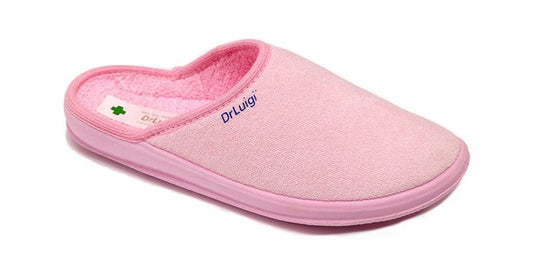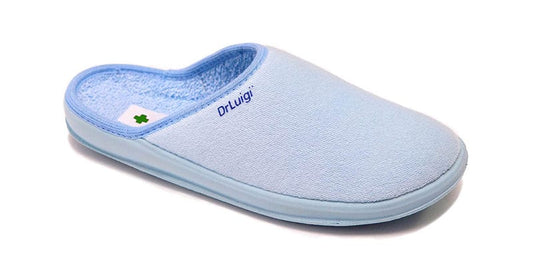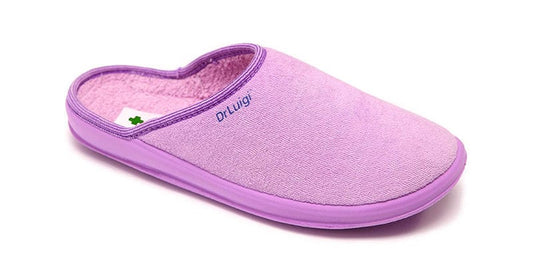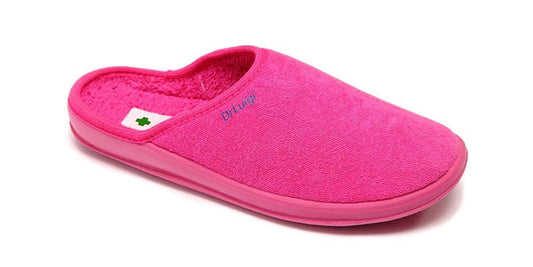Pronated or supinated feet, if left unaddressed, can lead to various issues affecting not only the feet but also the entire body's alignment. Here are the potential consequences:
-
Ankle Joint Pain: Misaligned feet can cause pain and discomfort in the ankle joint due to abnormal stress and strain on the ligaments and tendons.
-
Frequent Sprains: Pronated or supinated feet are more prone to rolling inward or outward, increasing the risk of ankle sprains during physical activities or even regular walking.
-
ITB Syndrome: The iliotibial band (ITB) may become inflamed due to altered biomechanics caused by foot misalignment, leading to pain on the outer side of the knee.
-
Plantar Fasciitis: Pronation or supination can contribute to the development of plantar fasciitis, a painful condition characterized by inflammation of the plantar fascia ligament on the bottom of the foot.
-
Inflammation of the Sacrum: Misaligned feet can lead to pelvic tilt, affecting the alignment of the spine and causing inflammation of the sacrum, contributing to lower back pain.
-
Stress Fractures: Excessive pronation or supination may lead to stress fractures in the bones of the foot or lower leg due to repetitive abnormal loading.
-
Swelling: Misaligned feet can result in swelling around the ankle joint due to increased stress on the surrounding tissues and impaired circulation.
-
Weakness of Foot and Ankle Muscles: Improper foot alignment can weaken the muscles of the foot and lower leg, leading to instability and difficulty in performing activities like walking, running, or standing for extended periods.
Choosing Proper Footwear
Selecting appropriate footwear is crucial for individuals with pronated or supinated feet to alleviate discomfort and prevent further complications. Consider the following guidelines:
- For neutral feet, choose shoes that offer stability and support without overcorrection.
- Supinators should opt for shoes with strong cushioning to absorb impact and reduce stress on bones and joints.
- Pronators require shoes that support the inner part of the foot, providing stability from the heel to the arch.
- Women should consider gender-specific shoe models designed to accommodate differences in foot anatomy and pronation tendencies.
Treatment Options
Treatment for pronated or supinated feet may include:
- Therapeutic exercises to strengthen foot and lower leg muscles and improve alignment.
- Custom orthotic insoles to correct foot alignment and provide support during weight-bearing activities.
- Regular monitoring and adjustments to footwear and orthotic devices as needed to ensure optimal comfort and effectiveness.
In conclusion, addressing pronated or supinated feet early on with proper footwear and appropriate treatment can help prevent pain, injury, and long-term complications, promoting overall foot health and mobility.





